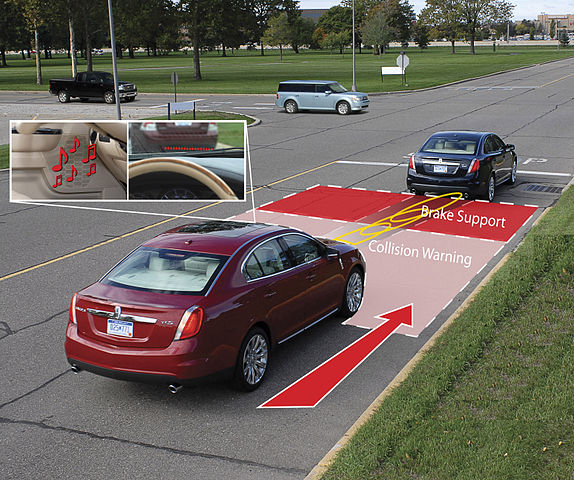Expensive Safety Features You Get On Cheap Cars
The Volvo XC90 is, in many ways, one of the most wonderful cars to come to the road in the last couple of years. The Swedish automaker, in its noble quest to stop people from dying in its vehicles, has engineered something so sophisticated it seems like magic. The car is brimming with futuristic safety gadgets and gizmos which are like something out of the Jetsons.
But there’s a problem: the price tag. The XC90, at more than $80,000, doesn’t come cheap. Add a few optional extras, and you’ll easily break through the six-figure mark. It’s a car that’s out of reach for most.
You might think that because of this, it’s not possible to buy a vehicle with all the latest safety features if you’re on a budget, but you’d be wrong. As it turns out, there are a surprising number of cheaper models on the road that come equipped with impressive technologies for keeping you alive.
Pre-Collision Braking

Ask any car accident lawyer, and they’ll tell you one of the most common accidents they see is people not realising that they need to brake and going into the back of another car. This type of accident, more than any other, causes whiplash and other neck problems. But with the advent of pre-collision braking, that could be a thing of the past.
Like many technologies in this article, pre-collision braking has found its way into cheaper models because of the falling price of electronics. A small camera at the front of the car works in combination with a distance sensor to track the approach speed of the vehicle. If it detects that there soon won’t be enough road to brake, it’ll apply the brakes automatically.
Lane-Assist

Long motorway journeys can be tiring, and often it’s hard to keep concentration up to stay in lane. Car manufacturers know this, and so now even cheaper models are getting lane-assist technology. This type of technology can tell when a driver is veering off course and can automatically correct the error, sometimes without the driver even noticing.
HUDs
Heads-up displays have been in use in the military for a couple of decades now. But car manufacturers have struggled to perfect the technology for the road. One of the problems is generating light sources that are bright enough to display all the information a driver needs. Technological breakthroughs in lighting technology, however, have changed the situation dramatically, making it cheaper than ever to install these systems on cars.
HUDs have one significant advantage over the traditional dashboard – they don’t require the driver to take his or her eyes off the road to check their speed.
Blind Spot Cameras

The price of cameras has fallen precipitously in the last decade, and now they’re so cheap, carmakers are starting to put them everywhere. Blindspot cameras provide drivers with clear images of what’s going on next to them, helping them avoid hitting harder-to-see road users, like cyclists. Honda now equips its Accord – a car that costs just $18,000 with blind spot cameras as standard.

